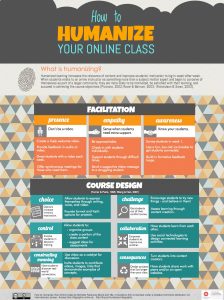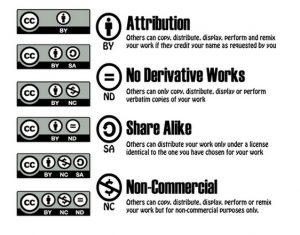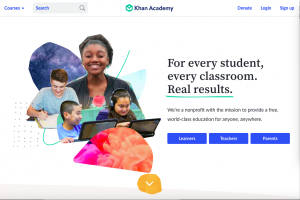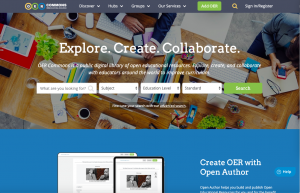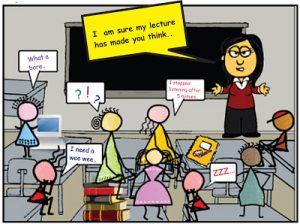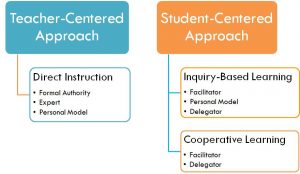- This week I learned an interesting reading about the Floe Inclusive Learning Design Handbook is a free Open Educational Resource (OER). It is designed to assist teachers, content creators, Web developers, and others in creating adaptable and personalizable educational resources that can accommodate a diversity of learning preferences and individual needs. There are many new concepts, ideas, and issues in Floe. Here I will list three points that I think are important.
- First of all, a very interesting idea came up in my mind is co-creation. Co-creation involves building deeper relationships between students and teachers and between students and other students. Education is considered a joint effort, and learning and teaching are done with students, not students. This perspective is a very novel and new perspective for me, and it is also very different from what I previously thought of education. In the previous learning process, I think what we did was to learn the knowledge and skills from the teacher and then teach these to my future students. I have overlooked that education is a common endeavour, something that can be done together between teachers and students. This is very important because teachers and students are at two different ages. When their various interesting ideas are mixed together, the learning process will become more interesting and may have some new inspirations. Teachers do not necessarily know everything, and it is not difficult for students to make interesting points. When teachers and students, students and students can co-creation, I believe the teaching results will be more exciting.
- Secondly, an important idea is translating the Handbook into other languages. I deeply appreciate this. Sometimes even if the content is simple but not in a language you are familiar with, you can’t understand it at all. When I first came to Canada to attend high school, I couldn’t adapt to the environment of English. Mathematics in Canadian high schools was not that hard at the time, and I learned this a long time ago. However, I sometimes misunderstand some concepts taught by the teacher because I can’t fully understand the course content or some language comprehension errors. If the handbook can be translated into a language familiar to international students, this may be more friendly to students who are new to Canada.
- Third, another important idea is Creating alternative presentations of the Handbook. For example, it contains some suitable versions of electronic devices or offline reading. This is especially important in this special period now. When our physical health cannot be guaranteed nor can we go to school, we can learn well with a suitable version of mobile devices. Furthermore, some people will prefer the electronic version. For example, I myself prefer the electronic version of the handbook. The electronic version will not only allow me to better organize these learning content, but it will also be more environmentally friendly.
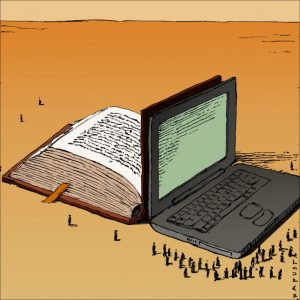
- When reading these two weeks of readings, there are two concepts that I have difficulty understanding. The first one is to Derive, remix, and reuse the Handbook’s content. I also saw other students annotated this and said they want to learn more about this. The second the Creative Commons 2.5 Canada License. I don’t understand what this license is and why all content in the Handbook is licensed under this 2.5 Canada License.
- Finally, I got the last question that is in relation to universal design that was not addressed in this module. Universal design should meet the needs of potential students with a wide variety of characteristics. Disability is one of these characteristics. For example, one student could be Hispanic, six feet tall, male, thirty years old, an excellent reader, primarily a visual learner, and deaf. when we are designing a course, the universal design requires consideration of all characteristics.
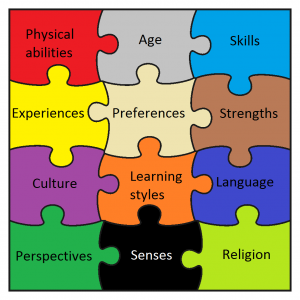
Preferences:
- Retrieved from https://www.scmp.com/lifestyle/family-education/article/1083971/massive-open-online-courses-learning-revolution
- Retrieved from https://udlleurope.wordpress.com/

